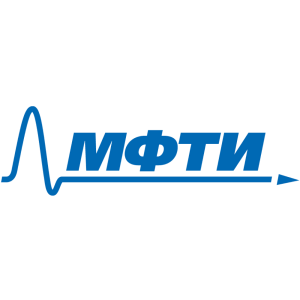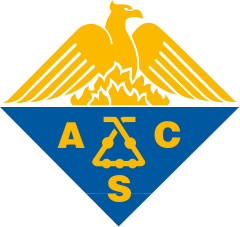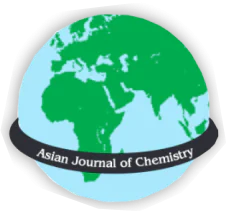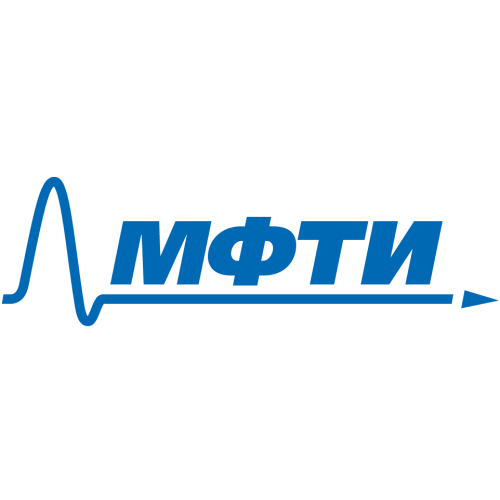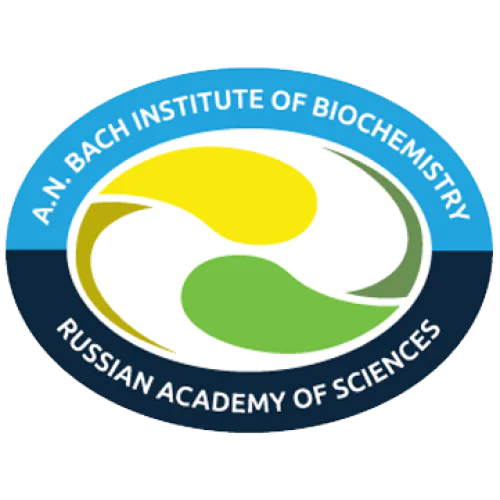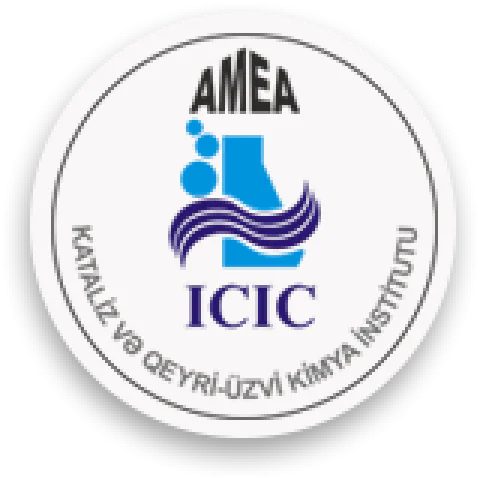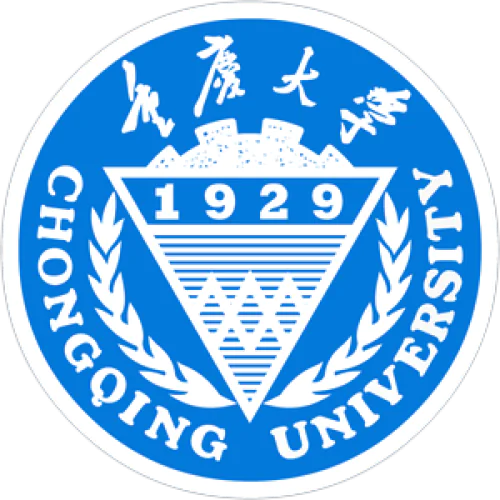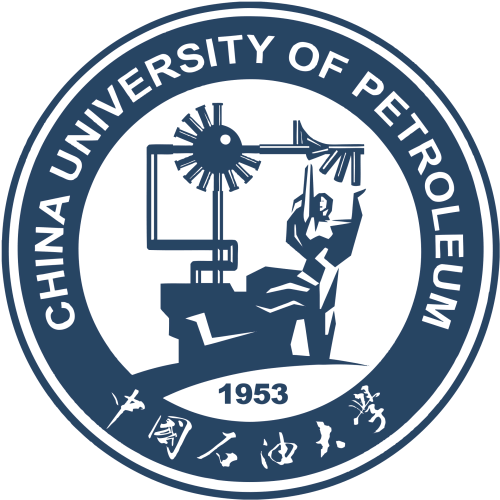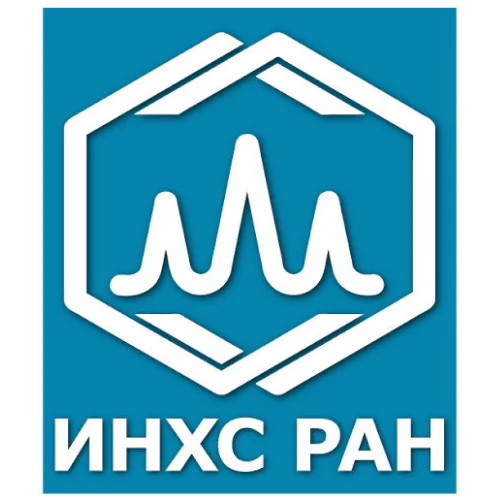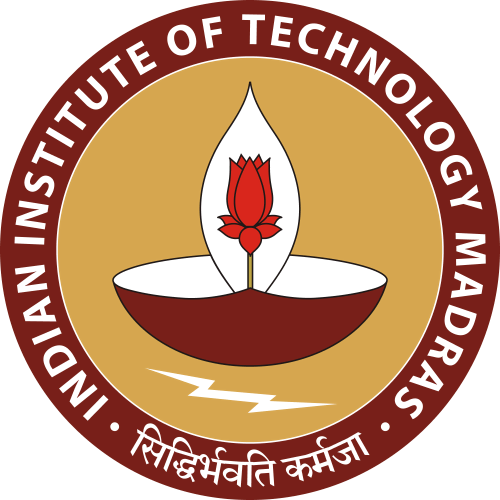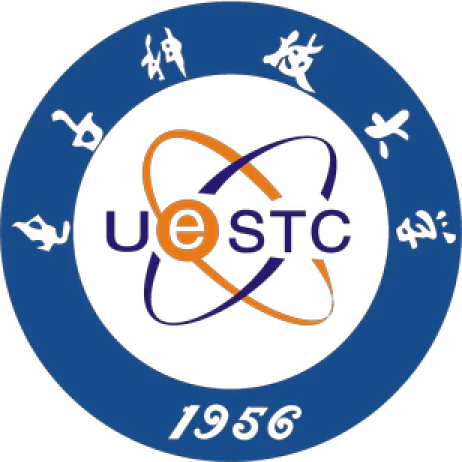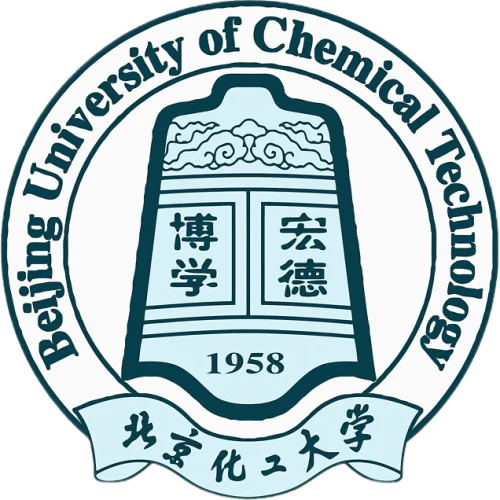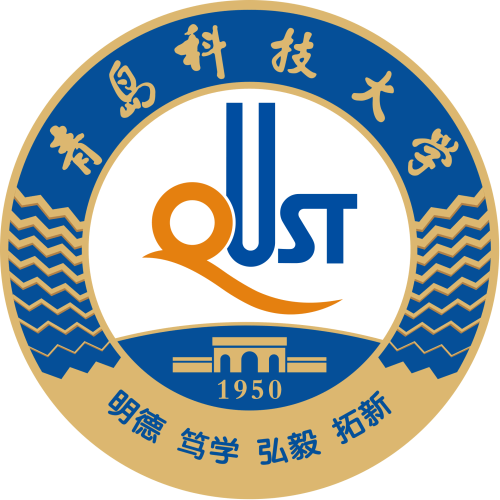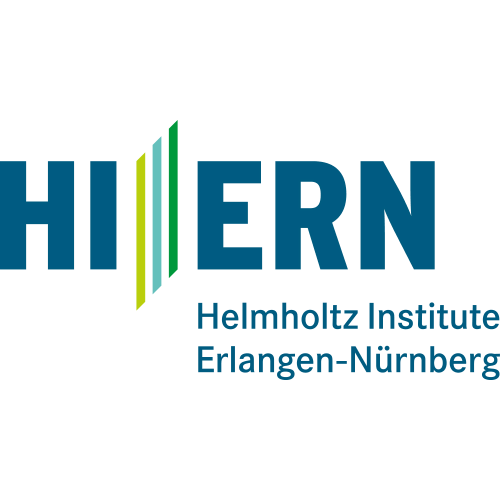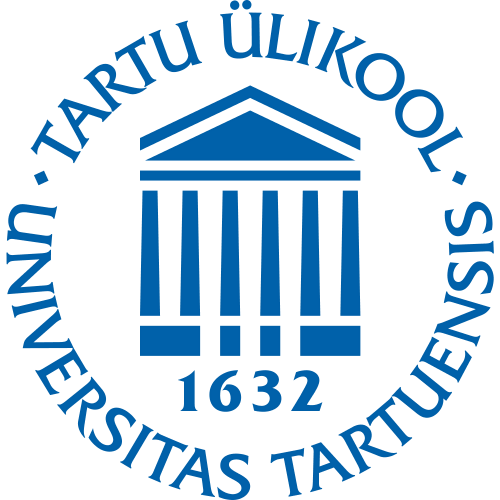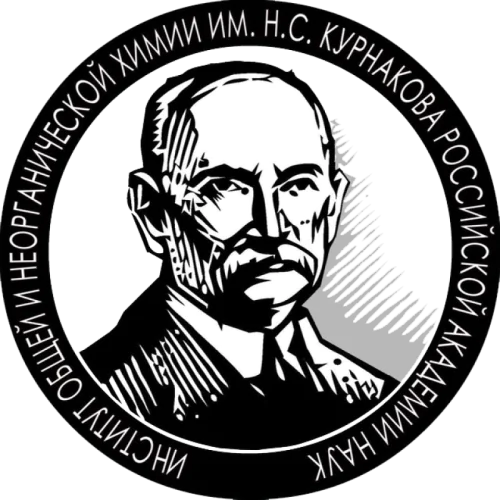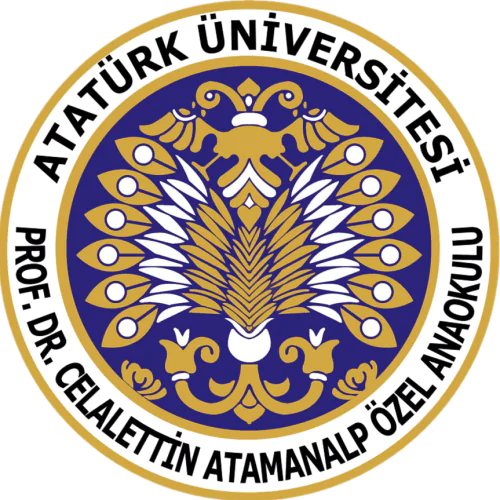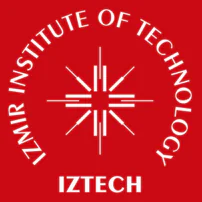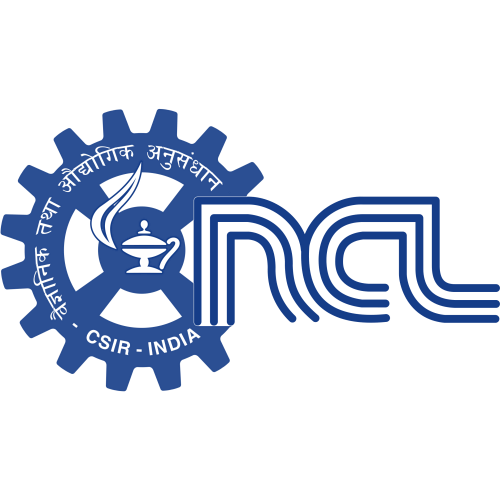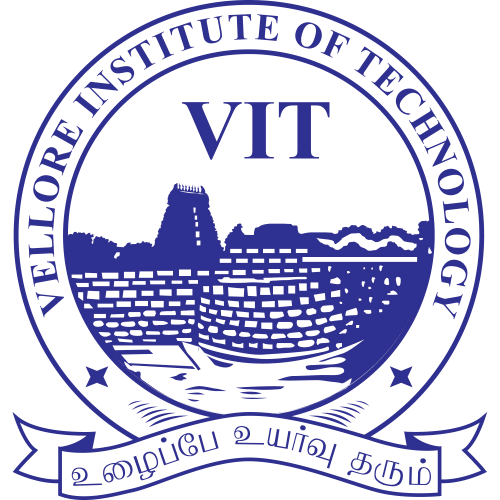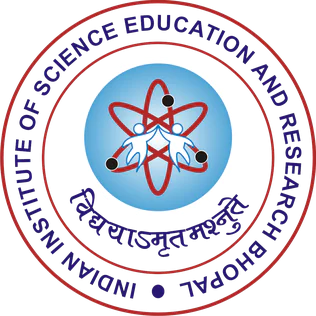Nataliya Anatolyevna Ivanova
PhD in Engineering
🥼
🥼
Nataliya can become your supervisor
If you would like to work under his/her guidance, please write a message or contact him/her on social media.
Authorization required.
🤝
🤝
Nataliya is looking for opportunities for scientific collaboration
If you would like to do joint research with him/her, write a message or contact him/her on social media.
Authorization required.
Publications
39
Citations
402
h-index
12
Education
2013 — 2018,
Postgraduate
Mendeleev University of Chemical Technology of Russia
2006 — 2012,
Specialist, Institute of Materials of Modern Energy and Nanotechnology (IMSEN - IFH)
Dissertations
2020,
Candidate , Технология неорганических веществ,
05.17.01
Found
Nothing found, try to update filter.
Found
Nothing found, try to update filter.
Found
Nothing found, try to update filter.
Total publications
39
Total citations
402
Citations per publication
10.31
Average publications per year
4.88
Average coauthors
6.08
Publications years
2018-2025 (8 years)
h-index
12
i10-index
15
m-index
1.5
o-index
23
g-index
19
w-index
3
Metrics description
h-index
A scientist has an h-index if h of his N publications are cited at least h times each, while the remaining (N - h) publications are cited no more than h times each.
i10-index
The number of the author's publications that received at least 10 links each.
m-index
The researcher's m-index is numerically equal to the ratio of his h-index to the number of years that have passed since the first publication.
o-index
The geometric mean of the h-index and the number of citations of the most cited article of the scientist.
g-index
For a given set of articles, sorted in descending order of the number of citations that these articles received, the g-index is the largest number such that the g most cited articles received (in total) at least g2 citations.
w-index
If w articles of a researcher have at least 10w citations each and other publications are less than 10(w+1) citations, then the researcher's w-index is equal to w.
Top-100
Fields of science
|
1
2
3
4
5
6
7
8
9
|
|
|
Condensed Matter Physics
|
Condensed Matter Physics, 9, 23.08%
Condensed Matter Physics
9 publications, 23.08%
|
|
General Materials Science
|
General Materials Science, 6, 15.38%
General Materials Science
6 publications, 15.38%
|
|
Catalysis
|
Catalysis, 5, 12.82%
Catalysis
5 publications, 12.82%
|
|
Physical and Theoretical Chemistry
|
Physical and Theoretical Chemistry, 5, 12.82%
Physical and Theoretical Chemistry
5 publications, 12.82%
|
|
Energy Engineering and Power Technology
|
Energy Engineering and Power Technology, 4, 10.26%
Energy Engineering and Power Technology
4 publications, 10.26%
|
|
Fuel Technology
|
Fuel Technology, 4, 10.26%
Fuel Technology
4 publications, 10.26%
|
|
Renewable Energy, Sustainability and the Environment
|
Renewable Energy, Sustainability and the Environment, 4, 10.26%
Renewable Energy, Sustainability and the Environment
4 publications, 10.26%
|
|
Inorganic Chemistry
|
Inorganic Chemistry, 3, 7.69%
Inorganic Chemistry
3 publications, 7.69%
|
|
General Medicine
|
General Medicine, 3, 7.69%
General Medicine
3 publications, 7.69%
|
|
General Engineering
|
General Engineering, 3, 7.69%
General Engineering
3 publications, 7.69%
|
|
General Physics and Astronomy
|
General Physics and Astronomy, 2, 5.13%
General Physics and Astronomy
2 publications, 5.13%
|
|
Electrical and Electronic Engineering
|
Electrical and Electronic Engineering, 2, 5.13%
Electrical and Electronic Engineering
2 publications, 5.13%
|
|
Bioengineering
|
Bioengineering, 2, 5.13%
Bioengineering
2 publications, 5.13%
|
|
Biomedical Engineering
|
Biomedical Engineering, 2, 5.13%
Biomedical Engineering
2 publications, 5.13%
|
|
General Environmental Science
|
General Environmental Science, 2, 5.13%
General Environmental Science
2 publications, 5.13%
|
|
Engineering (miscellaneous)
|
Engineering (miscellaneous), 2, 5.13%
Engineering (miscellaneous)
2 publications, 5.13%
|
|
General Chemistry
|
General Chemistry, 1, 2.56%
General Chemistry
1 publication, 2.56%
|
|
General Chemical Engineering
|
General Chemical Engineering, 1, 2.56%
General Chemical Engineering
1 publication, 2.56%
|
|
Analytical Chemistry
|
Analytical Chemistry, 1, 2.56%
Analytical Chemistry
1 publication, 2.56%
|
|
Electrochemistry
|
Electrochemistry, 1, 2.56%
Electrochemistry
1 publication, 2.56%
|
|
Process Chemistry and Technology
|
Process Chemistry and Technology, 1, 2.56%
Process Chemistry and Technology
1 publication, 2.56%
|
|
Atomic and Molecular Physics, and Optics
|
Atomic and Molecular Physics, and Optics, 1, 2.56%
Atomic and Molecular Physics, and Optics
1 publication, 2.56%
|
|
Polymers and Plastics
|
Polymers and Plastics, 1, 2.56%
Polymers and Plastics
1 publication, 2.56%
|
|
Environmental Chemistry
|
Environmental Chemistry, 1, 2.56%
Environmental Chemistry
1 publication, 2.56%
|
|
Environmental Engineering
|
Environmental Engineering, 1, 2.56%
Environmental Engineering
1 publication, 2.56%
|
|
Nuclear and High Energy Physics
|
Nuclear and High Energy Physics, 1, 2.56%
Nuclear and High Energy Physics
1 publication, 2.56%
|
|
Chemical Engineering (miscellaneous)
|
Chemical Engineering (miscellaneous), 1, 2.56%
Chemical Engineering (miscellaneous)
1 publication, 2.56%
|
|
Filtration and Separation
|
Filtration and Separation, 1, 2.56%
Filtration and Separation
1 publication, 2.56%
|
|
Safety, Risk, Reliability and Quality
|
Safety, Risk, Reliability and Quality, 1, 2.56%
Safety, Risk, Reliability and Quality
1 publication, 2.56%
|
|
1
2
3
4
5
6
7
8
9
|
Journals
|
1
2
3
4
5
6
|
|
|
Catalysts
6 publications, 15.38%
|
|
|
International Journal of Hydrogen Energy
5 publications, 12.82%
|
|
|
Chemical Problems
4 publications, 10.26%
|
|
|
Nanotechnologies in Russia
3 publications, 7.69%
|
|
|
Inorganics
3 publications, 7.69%
|
|
|
Nanobiotechnology Reports
3 publications, 7.69%
|
|
|
Journal of Physics: Conference Series
2 publications, 5.13%
|
|
|
Polymers
2 publications, 5.13%
|
|
|
Process Safety and Environmental Protection
2 publications, 5.13%
|
|
|
Molecules
1 publication, 2.56%
|
|
|
Moscow University Physics Bulletin (English Translation of Vestnik Moskovskogo Universiteta, Fizika)
1 publication, 2.56%
|
|
|
Membranes
1 publication, 2.56%
|
|
|
Electroanalysis
1 publication, 2.56%
|
|
|
Physics of Atomic Nuclei
1 publication, 2.56%
|
|
|
Materials
1 publication, 2.56%
|
|
|
Hydrogen
1 publication, 2.56%
|
|
|
1
2
3
4
5
6
|
Citing journals
Publishers
|
2
4
6
8
10
12
14
16
|
|
|
MDPI
15 publications, 38.46%
|
|
|
Pleiades Publishing
8 publications, 20.51%
|
|
|
Elsevier
7 publications, 17.95%
|
|
|
Institute of Catalysis and Inorganic Chemistry
4 publications, 10.26%
|
|
|
IOP Publishing
2 publications, 5.13%
|
|
|
Wiley
1 publication, 2.56%
|
|
|
2
4
6
8
10
12
14
16
|
Organizations from articles
|
5
10
15
20
25
30
35
|
|
|
National Research Centre "Kurchatov Institute"
32 publications, 82.05%
|
|
|
Moscow Power Engineering Institute
27 publications, 69.23%
|
|
|
North-West University
15 publications, 38.46%
|
|
|
Mendeleev University of Chemical Technology of Russia
14 publications, 35.9%
|
|
|
A.N.Nesmeyanov Institute of Organoelement Compounds of the Russian Academy of Sciences
7 publications, 17.95%
|
|
|
Organization not defined
|
Organization not defined, 6, 15.38%
Organization not defined
6 publications, 15.38%
|
|
Lomonosov Moscow State University
5 publications, 12.82%
|
|
|
Enikolopov Institute of Synthetic Polymeric Materials of the Russian Academy of Sciences
5 publications, 12.82%
|
|
|
D.V. Sokolskiy Institute of Fuel, Catalysis and Electrochemistry
4 publications, 10.26%
|
|
|
Moscow Institute of Physics and Technology
2 publications, 5.13%
|
|
|
Université Paris-Saclay
2 publications, 5.13%
|
|
|
A.N. Frumkin Institute of Physical Chemistry and Electrochemistry of the Russian Academy of Sciences
1 publication, 2.56%
|
|
|
N.N. Semenov Federal Research Center for Chemical Physics of the Russian Academy of Sciences
1 publication, 2.56%
|
|
|
Institute of Applied Mechanics of the Russian Academy of Sciences
1 publication, 2.56%
|
|
|
Bach Institute of Biochemistry of the Russian Academy of Sciences
1 publication, 2.56%
|
|

Federal Research Centre “Fundamentals of Biotechnology” of the Russian Academy of Sciences
1 publication, 2.56%
|
|
|
MIREA — Russian Technological University
1 publication, 2.56%
|
|
|
Nazarbayev University
1 publication, 2.56%
|
|
|
Institute of Catalysis and Inorganic Chemistry named after academician Murtuza Naghiyev of the Ministry of Science and Education of the Republic of Azerbaijan
1 publication, 2.56%
|
|
|
Chongqing University
1 publication, 2.56%
|
|
|
Changchun Institute of Applied Chemistry, Chinese Academy of Sciences
1 publication, 2.56%
|
|
|
5
10
15
20
25
30
35
|
Countries from articles
|
5
10
15
20
25
30
35
|
|
|
Russia
|
Russia, 34, 87.18%
Russia
34 publications, 87.18%
|
|
South Africa
|
South Africa, 15, 38.46%
South Africa
15 publications, 38.46%
|
|
Country not defined
|
Country not defined, 4, 10.26%
Country not defined
4 publications, 10.26%
|
|
Kazakhstan
|
Kazakhstan, 4, 10.26%
Kazakhstan
4 publications, 10.26%
|
|
France
|
France, 2, 5.13%
France
2 publications, 5.13%
|
|
China
|
China, 2, 5.13%
China
2 publications, 5.13%
|
|
Azerbaijan
|
Azerbaijan, 1, 2.56%
Azerbaijan
1 publication, 2.56%
|
|
5
10
15
20
25
30
35
|
Citing organizations
|
10
20
30
40
50
60
|
|
|
National Research Centre "Kurchatov Institute"
53 citations, 13.18%
|
|
|
Moscow Power Engineering Institute
41 citations, 10.2%
|
|
|
Organization not defined
|
Organization not defined, 34, 8.46%
Organization not defined
34 citations, 8.46%
|
|
North-West University
26 citations, 6.47%
|
|
|
Mendeleev University of Chemical Technology of Russia
15 citations, 3.73%
|
|
|
Moscow Institute of Physics and Technology
10 citations, 2.49%
|
|
|
Enikolopov Institute of Synthetic Polymeric Materials of the Russian Academy of Sciences
10 citations, 2.49%
|
|
|
Federal Research Center of Problem of Chemical Physics and Medicinal Chemistry RAS
10 citations, 2.49%
|
|
|
A.N.Nesmeyanov Institute of Organoelement Compounds of the Russian Academy of Sciences
9 citations, 2.24%
|
|
|
Tongji University
8 citations, 1.99%
|
|
|
Southern Federal University
7 citations, 1.74%
|
|
|
Lomonosov Moscow State University
6 citations, 1.49%
|
|
|
Université Paris-Saclay
6 citations, 1.49%
|
|
|
Mutah University
4 citations, 1%
|
|
|
N.N. Semenov Federal Research Center for Chemical Physics of the Russian Academy of Sciences
3 citations, 0.75%
|
|
|
Ioffe Physical-Technical Institute of the Russian Academy of Sciences
3 citations, 0.75%
|
|
|
D.V. Sokolskiy Institute of Fuel, Catalysis and Electrochemistry
3 citations, 0.75%
|
|
|
Tsinghua University
3 citations, 0.75%
|
|
|
Huazhong University of Science and Technology
3 citations, 0.75%
|
|
|
China University of Petroleum (East China)
3 citations, 0.75%
|
|
|
City University of Hong Kong
3 citations, 0.75%
|
|
|
Kyushu University
3 citations, 0.75%
|
|
|
A.V. Topchiev Institute of Petrochemical Synthesis RAS
2 citations, 0.5%
|
|
|
Emanuel Institute of Biochemical Physics of the Russian Academy of Sciences
2 citations, 0.5%
|
|
|
Ural Federal University
2 citations, 0.5%
|
|
|
Islamic University of Madinah
2 citations, 0.5%
|
|
|
Iran University of Science and Technology
2 citations, 0.5%
|
|
|
Indian Institute of Technology Madras
2 citations, 0.5%
|
|
|
Technion – Israel Institute of Technology
2 citations, 0.5%
|
|
|
University of Electronic Science and Technology of China
2 citations, 0.5%
|
|
|
Katholieke Universiteit Leuven
2 citations, 0.5%
|
|
|
Grenoble Alpes University
2 citations, 0.5%
|
|
|
Nanjing University of Aeronautics and Astronautics
2 citations, 0.5%
|
|
|
Beijing University of Chemical Technology
2 citations, 0.5%
|
|
|
Southwest University
2 citations, 0.5%
|
|
|
Xiamen University
2 citations, 0.5%
|
|
|
National Institute for Materials Science
2 citations, 0.5%
|
|
|
Tianjin University
2 citations, 0.5%
|
|
|
Lawrence Berkeley National Laboratory
2 citations, 0.5%
|
|
|
Qingdao University of Science and Technology
2 citations, 0.5%
|
|
|
Sepuluh Nopember Institute of Technology
2 citations, 0.5%
|
|
|
Korea University
2 citations, 0.5%
|
|
|
Yeungnam University
2 citations, 0.5%
|
|
|
Universidad Autónoma de Madrid
2 citations, 0.5%
|
|
|
Hainan University
2 citations, 0.5%
|
|
|
Helmholtz Centre for Materials and Energy
2 citations, 0.5%
|
|
|
Helmholtz-Institute Erlangen-Nürnberg for Renewable Energy
2 citations, 0.5%
|
|
|
Swansea University
2 citations, 0.5%
|
|
|
National University of Defense Technology
2 citations, 0.5%
|
|
|
University of the Basque Country
2 citations, 0.5%
|
|
|
University of Erlangen–Nuremberg
2 citations, 0.5%
|
|
|
Korea Institute of Industrial Technology
2 citations, 0.5%
|
|
|
Forschungszentrum Jülich
2 citations, 0.5%
|
|
|
Universidad Carlos III de Madrid
2 citations, 0.5%
|
|
|
University of Alicante
2 citations, 0.5%
|
|
|
Institute of Catalysis and Petrochemistry
2 citations, 0.5%
|
|
|
IMDEA Nanoscience Institute
2 citations, 0.5%
|
|
|
University of Tartu
2 citations, 0.5%
|
|
|
École Normale Supérieure de Lyon
2 citations, 0.5%
|
|
|
Beni-Suef University
2 citations, 0.5%
|
|
|
Université Claude Bernard Lyon 1
2 citations, 0.5%
|
|
|
Institut polytechnique de Grenoble
2 citations, 0.5%
|
|
|
Institut de Recherches sur la Catalyse et l'Environnement de Lyon
2 citations, 0.5%
|
|
|
University Savoie Mont Blanc
2 citations, 0.5%
|
|
|
Universidade Estadual de Maringá
2 citations, 0.5%
|
|
|
University of Montenegro
2 citations, 0.5%
|
|
|
Kurnakov Institute of General and Inorganic Chemistry of the Russian Academy of Sciences
1 citation, 0.25%
|
|
|
A.N. Frumkin Institute of Physical Chemistry and Electrochemistry of the Russian Academy of Sciences
1 citation, 0.25%
|
|
|
Nikolaev Institute of Inorganic Chemistry of the Siberian Branch of the Russian Academy of Sciences
1 citation, 0.25%
|
|
|
Boreskov Institute of Catalysis of the Siberian Branch of the Russian Academy of Sciences
1 citation, 0.25%
|
|
|
Institute of Solid State Chemistry of the Ural Branch of the Russian Academy of Sciences
1 citation, 0.25%
|
|
|
Institute of Electrophysics of the Ural Branch of the Russian Academy of Sciences
1 citation, 0.25%
|
|
|
Institute of Applied Mechanics of the Russian Academy of Sciences
1 citation, 0.25%
|
|
|
Lavrentyev Institute of Hydrodynamics of the Siberian Branch of the Russian Academy of Sciences
1 citation, 0.25%
|
|
|
Novosibirsk State University
1 citation, 0.25%
|
|
|
Bach Institute of Biochemistry of the Russian Academy of Sciences
1 citation, 0.25%
|
|

Federal Research Centre “Fundamentals of Biotechnology” of the Russian Academy of Sciences
1 citation, 0.25%
|
|
|
MIREA — Russian Technological University
1 citation, 0.25%
|
|
|
Kuban State University
1 citation, 0.25%
|
|
|
National University of Oil and Gas «Gubkin University»
1 citation, 0.25%
|
|
|
Southern Scientific Center of the Russian Academy of Sciences
1 citation, 0.25%
|
|
|
Institute of Catalysis and Inorganic Chemistry named after academician Murtuza Naghiyev of the Ministry of Science and Education of the Republic of Azerbaijan
1 citation, 0.25%
|
|
|
King Khalid University
1 citation, 0.25%
|
|
|
King Abdulaziz University
1 citation, 0.25%
|
|
|
Princess Nourah bint Abdulrahman University
1 citation, 0.25%
|
|
|
Taif University
1 citation, 0.25%
|
|
|
Jazan University
1 citation, 0.25%
|
|
|
University of Tabuk
1 citation, 0.25%
|
|
|
University of Tehran
1 citation, 0.25%
|
|
|
Shiraz University of Medical Sciences
1 citation, 0.25%
|
|
|
Sharif University of Technology
1 citation, 0.25%
|
|
|
Indian Institute of Science
1 citation, 0.25%
|
|
|
Ataturk University
1 citation, 0.25%
|
|
|
Izmir Institute of Technology
1 citation, 0.25%
|
|
|
CSIR-National Chemical Laboratory
1 citation, 0.25%
|
|
|
Vellore Institute of Technology University
1 citation, 0.25%
|
|
|
University of the Punjab
1 citation, 0.25%
|
|
|
Indian Institute of Science Education and Research, Bhopal
1 citation, 0.25%
|
|
|
Indian Institute of Technology Delhi
1 citation, 0.25%
|
|
|
Indian Institute of Technology Hyderabad
1 citation, 0.25%
|
|
|
10
20
30
40
50
60
|
|
Citing countries
- We do not take into account publications without a DOI.
- Statistics recalculated daily.
This section displays the profiles of scientists registered on the platform. To display the full list, invite your colleagues to register.
Company/Organization
«D.V.Sokolsky Institute of Fuel, Catalysis and Electrochemistry» JSC
Position
Senior researcher
Employment type
Full time
Years
2025 —
present




